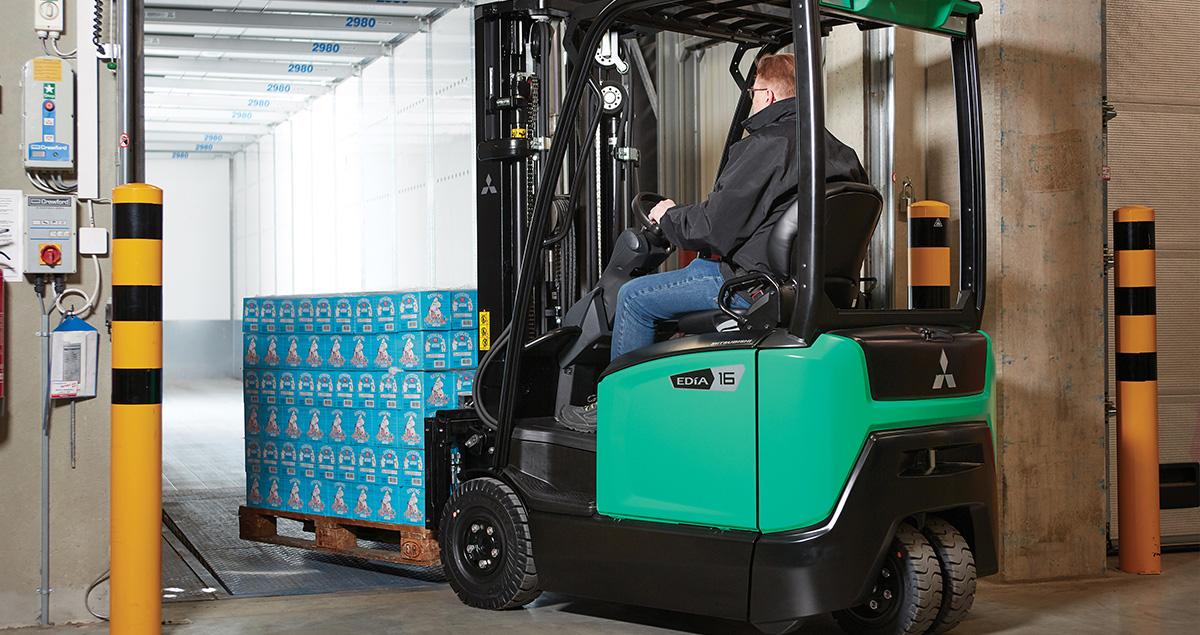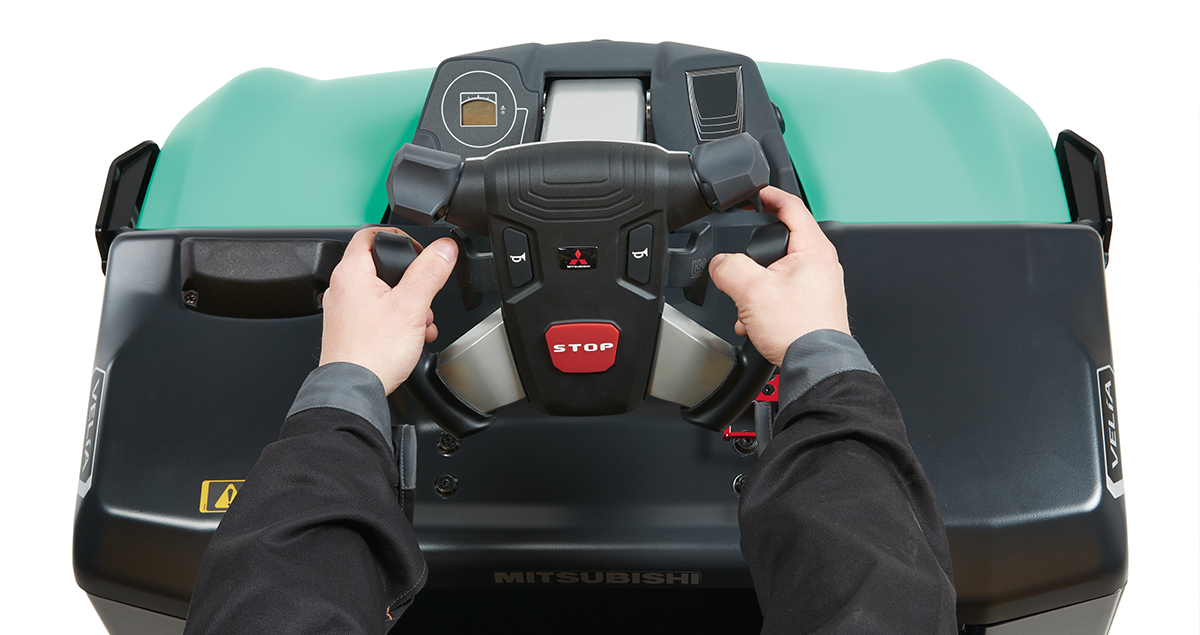How user experience can be a game changer

The concept of ‘user experience’ applies to almost every product created, from designing an easy-to-open milk carton, to making a website simple to navigate.
In the forklift industry, effective user experience – or ‘UX’ as it is abbreviated to in design circles – can help a forklift driver avoid health and safety dangers, while boosting the efficiency of a factory or warehouse operation. For example, effective UX can increase stability to prevent loads toppling or avoid collisions by improving driver visibility.
As well creating new and improved forklifts, industrial designers also focus attention on vehicle drivers. Forklift operators represent a major cost to a logistics center, so ensuring they are comfortable and safe is of the utmost importance.The design process begins by monitoring actual forklift drivers at work, asking questions and talking to people in different logistics operations. Observing workplace behavior across different industries, company cultures and countries provides a real-world picture of the issues and situations that operators face.
Shifting stock
Things need to move safely and efficiently around warehouses, industrial facilities and transport hubs. Logistics operations succeed or fail on the time it takes to store, transport and load goods.
As in motor racing, shaving precious seconds from each maneuver can make a significant difference to overall performance time. The less maneuvering a forklift driver needs to do means goods can be transported and loaded more quickly and with less risk.
A good example of time-saving design is the 360-steering capability of machines from Mitsubishi Forklift Trucks. The three-wheelers are fitted with a steering wheel which allows the driver to reverse without stopping, eliminating the need to make several independent maneuvers when turning around.
The new design gives the operator a six-second time advantage over a typical three-point turn. This may not sound like much, but over the course of a working day it is a game changer.
Harnessing the power of AI
As well as speed, forklift drivers need a machine that can cope with the variety of tasks encountered during a work shift. In confined spaces, such as a tight storage bay, operators use small, subtle movements to maneuver, but they also need to cover ground quickly to transport goods across the warehouse.
Just as technology is making cars safer to drive, the same is true of forklifts. Modern machines fitted with sensitive drive systems automatically smooth stop-start movements to make a truck’s speed responsive to the driver’s foot movements. This improves the forklift’s agility and helps prevent the load from tipping over.
Sophisticated algorithms can also analyze real-time data to assess how a truck is being driven and automatically adjust its operating parameters, to stabilize different payloads.
Real-world synergy
Forklift designs are not only becoming more responsive to drivers’ workplace needs, they are also taking account of the drivers themselves.
Where forklift operators are part-time employees, students or unskilled workers with a high turnover rate, it is essential that they can be trained up quickly and start work. Savvy designers are incorporating familiar aspects of everyday life into their products to boost their user-friendly credentials.
For example, if driving a forklift is as similar as possible to driving a car, it is easier for a new driver to become familiar with the vehicle’s controls. Another way of capitalizing on this 'familiarity effect' was the idea of designing a steering wheel based on a video games’ controller.

A safe space
Lifting and moving heavy loads around can be a dangerous activity unless safety is fully respected. Keeping warehouse and factory workers safe and healthy is a priority in the forklift design process.
High visibility ensures forklift operators can clearly see what’s in front, behind and to the sides of the vehicle they are operating, in order to avoid accidents.
Aside from serious incidents, it is essential to consider ergonomics when designing tools and machinery that will be in constant use throughout the day. Health issues are a common cause of absenteeism from work, so forklifts need to protect drivers by absorbing knocks and bumps, with features like a triple-suspension floating floor, designed to reduce vibrations and increase driver comfort during low-level order picking.
While technological advances can help R&D engineers and software coders create ever-better, safer and more efficient forklift designs, the ongoing quest to meld motors, hydraulics and humans together depends to a large extent on watching what is happening in the workplaces of the world.




